DJI Mavic 3 Classic review: DJI’s best imaging drone is now more affordable
The DJI Mavic 3 Classic makes high-quality aerial photography and videography more accessible without cutting any major corners

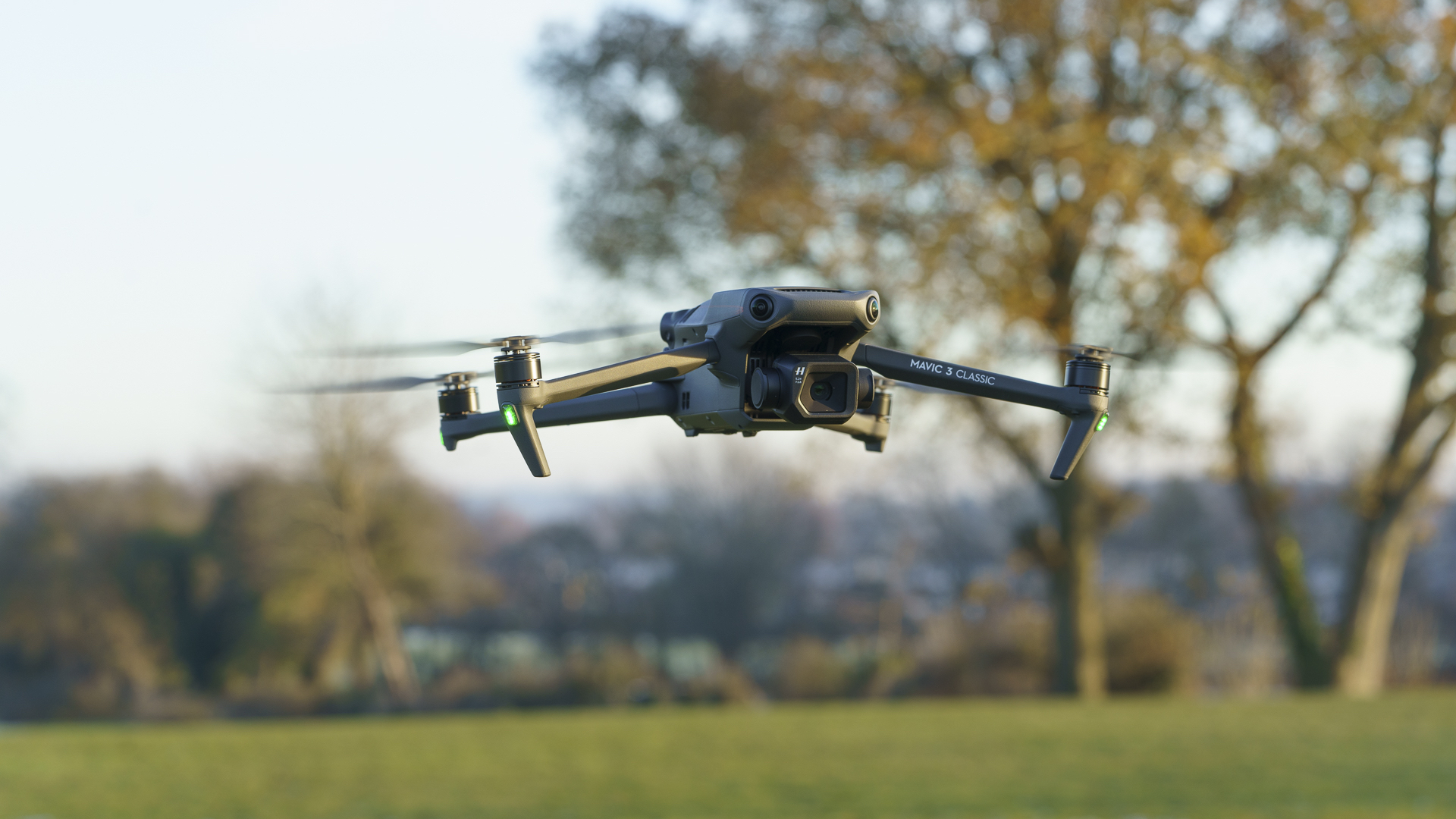
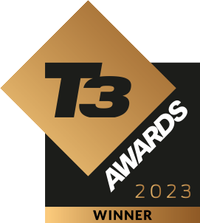
DJI has ditched the Mavic 3’s tele camera to make the DJI Mavic 3 Classic more affordable yet still suitable for professional use. Its Four Third type CMOS sensor delivers superb stills and video while the object avoidance and Return to Home features keep it safe during flights of up to 40 minutes.
-
+
Four Thirds type Hasselblad camera
-
+
Shoots superb video and stills
-
+
Lots of control
-
-
Some understanding of the drone regulations required
-
-
The best controller adds to the cost
Why you can trust T3

Around a year after the Mavic 3 landed, the DJI Mavic 3 Classic reviewed here has launched to tempt anyone wanting the quality of the original drone at a more attractive price. As one of DJI’s latest Mavic drones, the Mavic 3 Classic is aimed at professional and enthusiast aerial photographers and videographers. It’s one of the best drones for pilots with a bit of experience under their belts, and who understand the implications of and limitations to flying a Class 1 drone rather than a sub-250g drone like the DJI Mini 3 Pro.
The DJI Mavic 3 Classic looks identical to the Mavic 3 apart from one crucial aspect. Instead of having two cameras, the Mavic 3 Classic has just one. Fortunately, it keeps the main camera from the Mavic 3, which has a 20MP Four Thirds type sensor fronted by a 24mm equivalent lens, and ditches the less useful 162mm tele camera.

DJI Mavic 3 Classic review: Price and release date
The DJI Mavic 3 Classic launched on 2nd November 2022, going on sale immediately. It’s available in three kits, the most basic of which doesn’t include a controller and which retails for GBP £1,309 / USD $1,469 / AUD $2,299. There’s also a kit with the DJI RC-N1 controller which has a clamp and connections to hold a smartphone to control the drone and compose the shots. This retails for GBP £1,399 / USD $1,599 / AUD $2,399. Lastly, there’s a kit with the DJI RC controller that has its own screen so there’s no need to connect your phone. It retails for GBP £1,529 / USD $1,749 / AUD $2,599. While the DJI RC ramps up the cost, it’s quicker to use than the DJI RC-N1 and it means your phone is available for use as normal.

DJI Mavic 3 Classic review: features and what’s new
The majority of the specification of the DJI Mavic 3 Classic is familiar from the Mavic 3. The most crucial information is that it features the same 24mm equivalent 20Mp Hasselblad camera with a Four Thirds type CMOS sensor as the main camera on the Mavic 3. That sensor is larger than is seen in the cameras on drones like the DJI Mini 3 Pro and DJI Mini 3, and even the DJI Air 2S, and it gives the Mavic 3 Classic an advantage in the image quality stakes.
Having the same (main) camera as the DJI Mavic 3 means that the Classic is capable of shooting 5.1K video at up to 50p and 4K video can be shot at up to 120p, perfect for anyone wishing to create slow-motion videos. Meanwhile 20MP stills can be recorded as Jpegs or 12-bit DNG raw files, or both simultaneously.
Like the Mavic 3, the Mavic 3 Classic has a variable aperture which can be adjusted automatically or manually between f/2.8 and f/11. Lesser drones usually have a fixed aperture, which means that in bright light, the only way to control the shutter speed is by using neutral density filters.
It’s also possible to adjust the sensitivity (ISO) and shutter speed within the ranges ISO 100-6400 and the 8-1/8000sec respectively.
Get all the latest news, reviews, deals and buying guides on gorgeous tech, home and active products from the T3 experts
In addition to the normal colour output, the Mavic 3 Classic can be set to shoot in D-Log or HLG. The former produces very flat footage that’s perfect for adjusting post-capture and the latter delivers video that has wide dynamic range, but is designed for viewing on a computable screen.
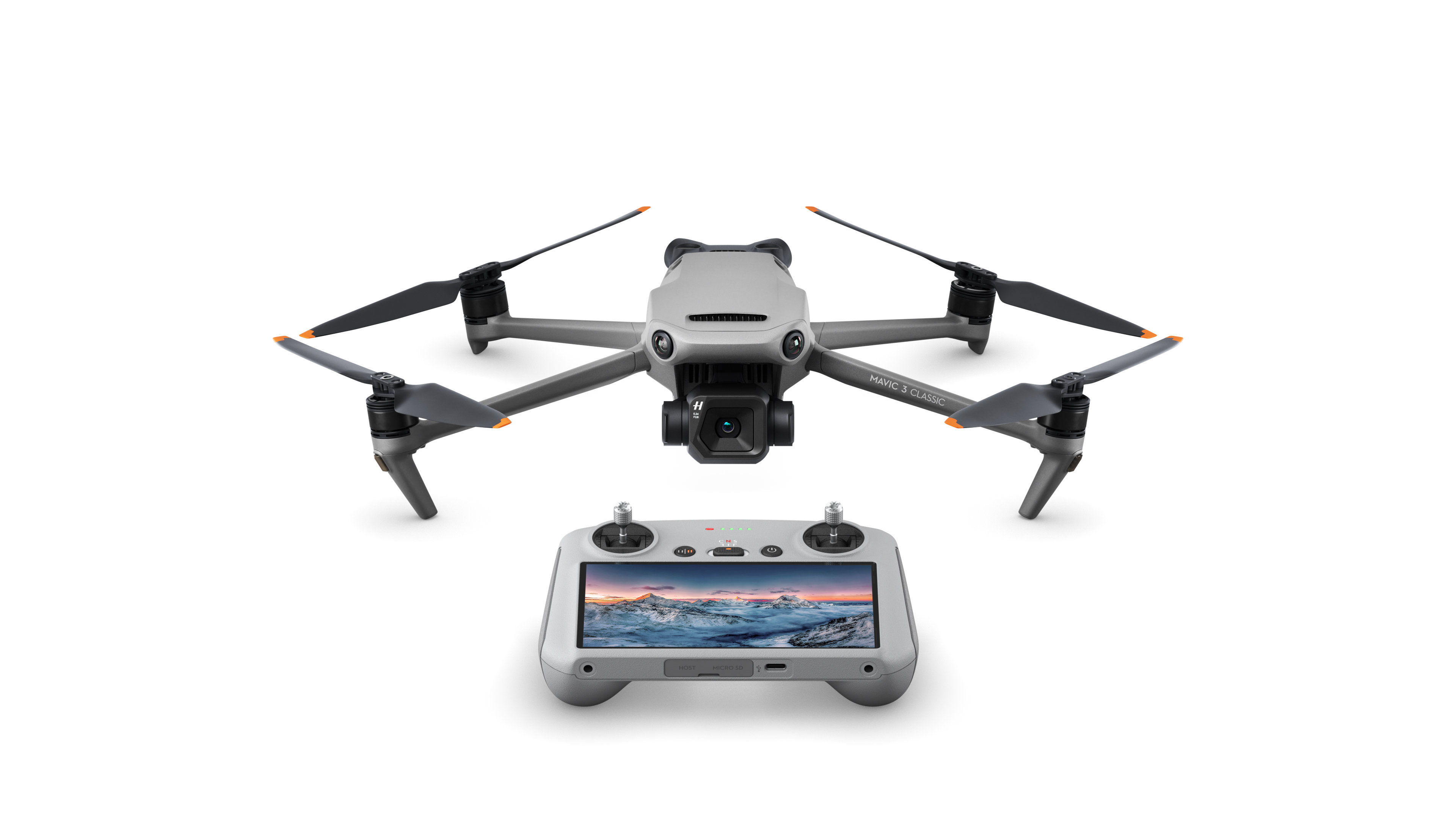
DJI Mavic 3 Classic review: Set-up and use
The Mavic 3 Classic weighs 895g with a battery and propellers, and when it’s folded it measures 221 x 96.3 x 90.3mm without the propellers. That makes it reasonably portable, if not quite as travel-friendly as the DJs Mini 3. Helpfully, it comes supplied with a strap arrangement that protects the camera and gimbal while keeping its legs and propellers tucked by its sides.
Once the legs are unfolded, the Mavic 3 Classic measures 347.5 × 283 × 107.7mm without the propellers. It means that you only need a fairly small take-off and landing area and it can slip through relatively small gaps between tree branches - but you’re likely to need to turn of the very effective omnidirectional object avoidance system first and guide it through manually.
With the supplied Intelligent Flight Battery installed and charged, it only takes a few minutes after powering up the controller to connect the two devices and then check and install any firmware updates. With that done, you’re ready for your first flight.
DJI’s QuickShots modes (Drone, Rocket, Circle and Helix) are onboard to enable super-smooth footage to be recorded while the drone flies specific routines. There’s also the MasterShots mode that utilises the QuickShots modes automatically and creates dynamic footage. Most Classic 3 pilots, however, are likely to take control over the drone themselves on most occasions. Nevertheless, ActiveTrack 5.0 is very useful if you want to keep a subject in the frame.
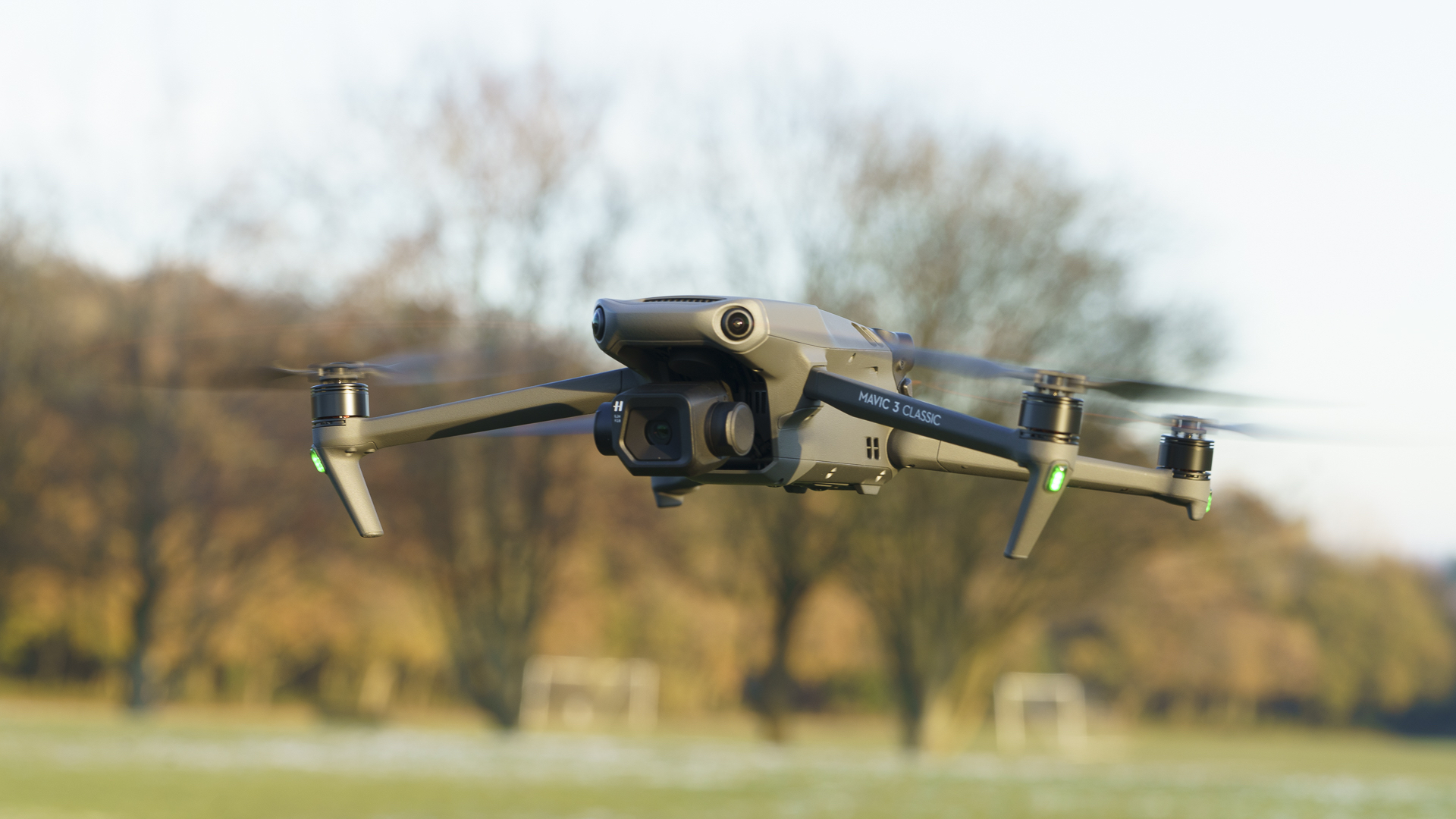
DJI Mavic 3 Classic review: Performance
These days we’re familiar enough with drone footage to no longer be impressed by the shooting angle and we’re more critical of the quality of the results than we were in the early days of consumer drones. DJI has been there every step of the way in this development and the Mavic 3 produces video and stills that don’t fail to impress.
Naturally, the best results are produced in good light, but thanks to its larger than average sensor, the Classic 3 still produces good results in gloomy conditions.
DJI seems to have resolved the issue of flare causing strange artefacts and low contrast whenever the sun is in or close to the edge of the frame. In fact, it’s controlled extremely well by the Mavic 3 Classic even when sunlight is passing over the surface of the front element of the camera lens or the sun is in the frame.
One thing to keep in mind with the Mavic 3 Classic is that because of its large sensor, depth of field a can be quite limited. It means that if you go in close to a subject and you’re shooting at a wide aperture, you need to tap on the subject in the frame to ensure that it’s in focus.
The DJI Mavic 3 Classic is impressively stable in flight with the onboard navigation systems (GPS, Galileo and BeiDou) putting in a good performance so it stays where you want. Any buffeting from the wind is also ironed out by the stabilising gimbal so that the video clips look nice and smooth.
DJI claims that the Mavic 3 Classic’s Intelligent Flight battery enables flights of up to 46 minutes in length. The ambient temperature and the strength of the wind during the flight, as well as how you fly, has an impact upon the life you can expect to get from the battery, I found I got around 36 minutes from each battery.
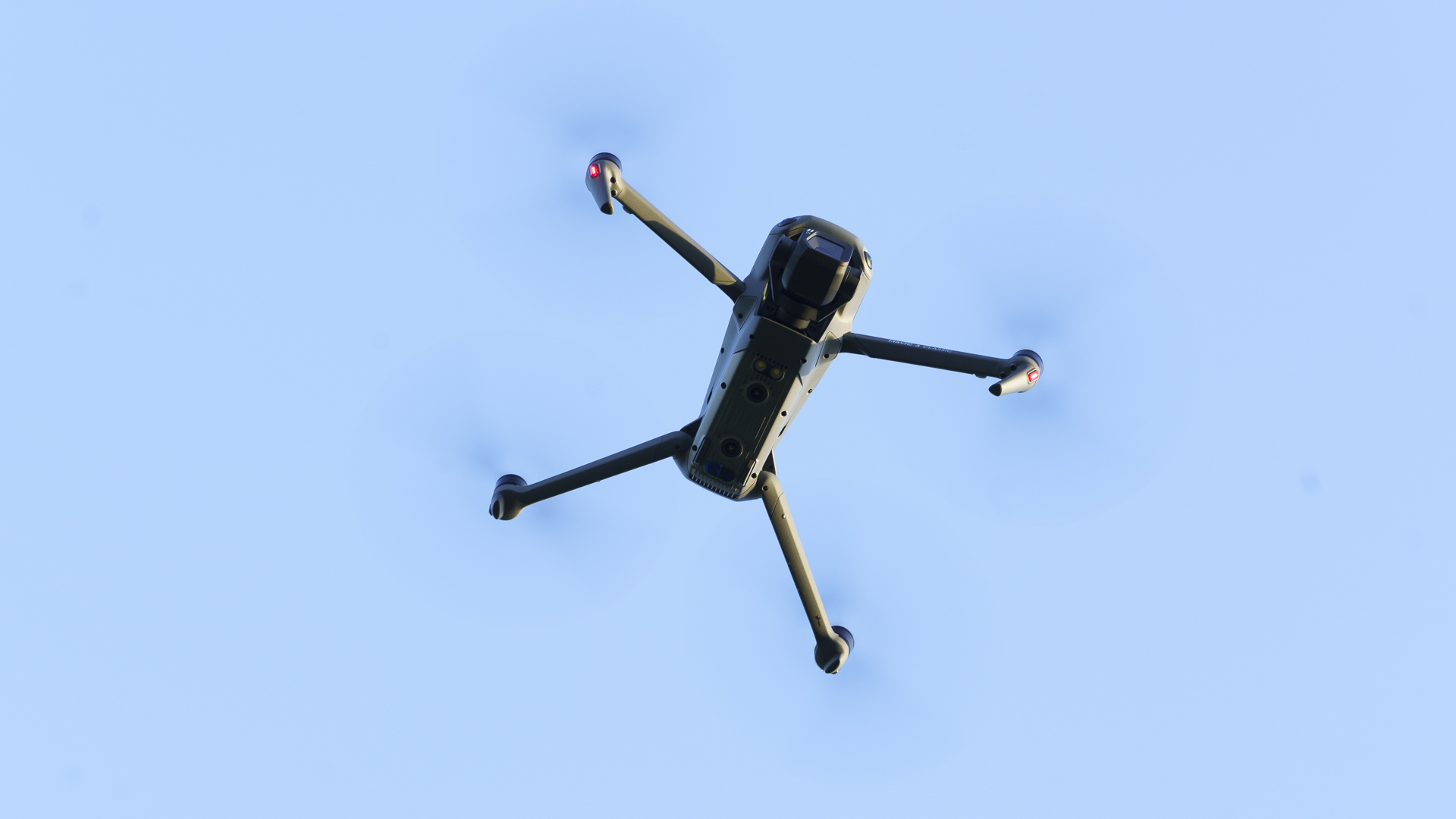
DJI Mavic 3 Classic review: Do I need a licence to fly?
In the UK you need a Flyer ID and Operator ID from the CAA to fly the DJI Mavic 3 Classic. Unless you have an A2 Certificate of Competency, you also need to fly at least 150m away from residential, recreational, commercial and industrial sites. With the A2 CofC, those separation distances drop to 50m. You can read up about restrictions that apply to drone flying in the UK here, and in the US here.

DJI Mavic 3 Classic review: Overall Verdict
The DJI Mavic 3 is a brilliant drone and the more expensive Cine version is a winner for serious filmmakers who can stomach its price, but for many aerial photographers and videographers, the DJI Mavic 3 Classic makes a better choice. It does away with the largely unnecessary tele camera, bringing the price down to a more attractively level. However, with the 20MP Four Thirds type CMOS sensor onboard, the Mavic 3 Classic is still able to match the Mavic 3 for image quality. It delivers superb results that are a noticeable step-up from this that are possible with the more compact DJI Mini 3 Pro which has a 1/1.3-inch type sensor in its camera.
Angela has been Amateur Photographer magazine’s Technical Editor and Head of Testing for Future’s photography portfolio. She’s a widely respected editor, writer and reviewer as well as a CAA-qualified drone pilot.
